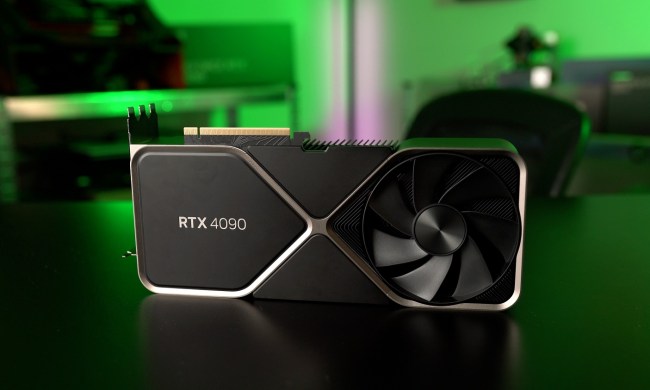
Graphics developer Nvidia has takn the wraps off its new Optimus technology, which is designed to enable notebook computer users to switch between battery-saving Intel integrated graphics for simple computing desks, then transparently flip over to high-performance Nvidia discrete graphics when they need more performance for video, games, and other demanding applications. But that’s not really new: what’s new about Optimus is that the technology enables the switch to take place on an application-by-application basis, instead of requiring users to restart the computer using a different graphics solution.
“Consumers no longer have to choose whether they want great graphics performance or sustained battery life,” said Nvidia notebook products general manager Rene Haas, in a statement. “Nvidia Optimus gives them both—great performance, great battery life and it simply works.”
Nvidia likes Optimus technology to driving a hybrid car with both an electrical and gasoline engine: Optimus “instantly” directs an application’s workload to the most efficient processor for the job—basic applications like email and Web surfing get pushed to integrated Intel graphics, while higher-powered apps like videos and 3D games get pushed to Nvidia discrete graphics. Nvidia says the technology can offer up to two hours’ more battery life over just running discrete graphics all the time, without sacrificing graphics performance. Nvidia describes the transition between the two systems as “automatic, seamless, and instantaneous.”
Nvidia Optimus technology will be available “shortly” on Asus UL50Vf, N61Jv, N71Jv, N82Jv, and U30Jc notebooks. The technology will only be available on notebooks equipped with Nvidia discrete graphics.




